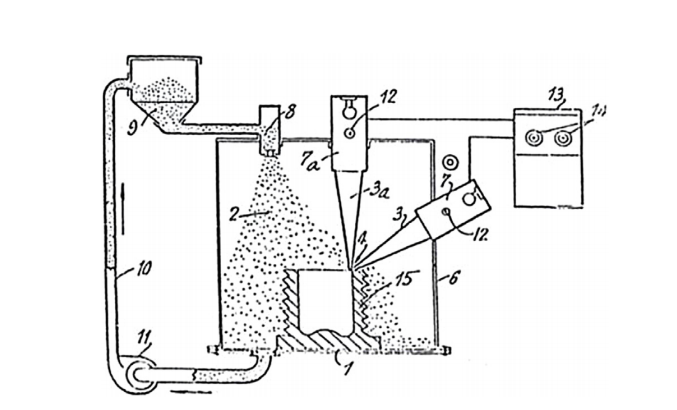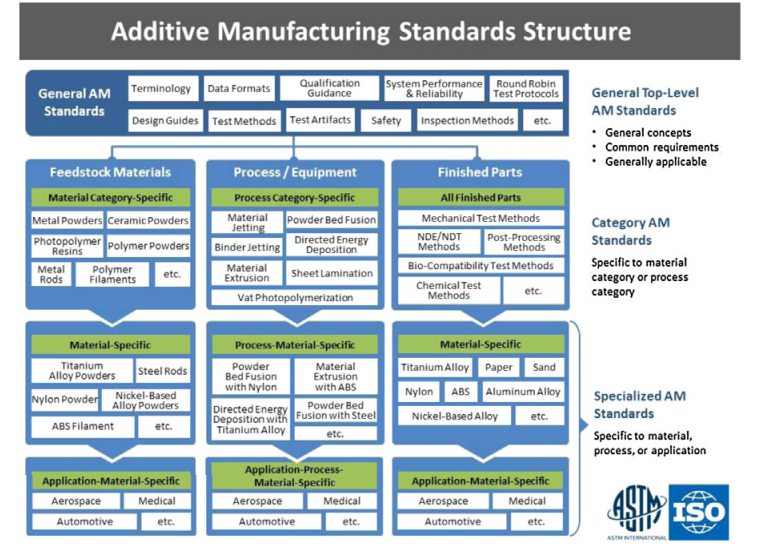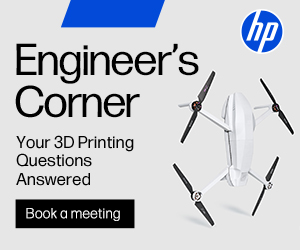Improving Metrology in Additive Manufacturing
International researchers explore the role of additive manufacturing for geometrical measurements, along with current requirements and the potential for future research. Their findings are outlined in ‘Geometrical Metrology for metal additive manufacturing,’ as the researchers explain what an impact 3D printing and AM processes will continue to have in the world of manufacturing, including everyone from the DIY user with a workshop in the garage, to those running enormous factories.
Geometric metrology benefits from 3D printing technology due to latitude in the creation of more complex geometries—with impressive impacts being seen already despite the relative youth of AM. While conventional techniques still rule the manufacturing world, AM continues to show greater promise.
“AM does not currently have the benefit of the over one hundred years of research into the production of components that is the hallmark of precision subtractive techniques,” state the researchers. “The following reasons to measure part geometry remind us why so much effort is devoted to measuring manufactured components – all of these also apply to AM, although in many cases, AM can avoid assembly processes.”

An embodiment of additive manufacturing dated 1972. Metal powder (2) delivery into an energy source/s (7/7a) to create a part (15) built from a baseplate (1)
Further benefits include:
- Better control of manufacturing processes
- Greater efficiency in production time
- Less waste
- Improved energy efficiency
Along with that, the researchers list the following identified ‘medium to high priority standardization gaps:’
- Application-specific design rules and guidelines (high).
- Design guide for surface finish capabilities (medium).
- Technical data package addressing form/fit and qualification requirements (high).
- Dimensioning and tolerancing requirements (high).
- Measurement of AM features such as lattices (medium).
- Protocols for image accuracy (medium).
- Dimensional metrology of internal features (medium).
Geometric tolerancing is ‘critical,’ in terms of inspections, and the researchers present concerns regarding AM design content with existing standards and the presence of features like lattices and cellular materials—along with customized textures and graded parts. Other research efforts have focused on meeting some of the challenges presented in both pre- and post-processing, along with efforts to produce smoother surfaces and avoid systematic errors, occlusions, and other issues.

Standards framework agreed by ASTM and ISO for future development of additive manufacturing standards
Research is underway to both maximize object coverage whilst at the same time minimizing both measuring time and the amount of manual intervention in the measurement planning. Integrating methods from artificial intelligence into the measurement process is showing promise but requires much more research into measurement automation, versatility, and traceability,” concluded the researchers.
“There are evidently significant challenges ahead, but also room for growth, for the measurement technologies and systems dedicated to in-process metrology for AM.”

Example lattice structures in a range of lightweight part designs. (a) shows a cross-section through an AM part with an internal repeating cellular structure, (b) shows a tetrahedral lattice conforming to a complex shape (in this case a component for a commercial airliner), and (c) shows a lattice structure in a topology optimized part featuring internal routing channels for structural health monitoring
And although 3D printing and metrology may sound like a more complex mix than some research and development entails today, other companies are instilling additive manufacturing processes in their companies with great success, as well as consulting with others on critical projects like 3D scanning and preserving historical items, creating comprehensive metrology labs, and further examining effectiveness.
What do you think of this news? Let us know your thoughts! Join the discussion of this and other 3D printing topics at 3DPrintBoard.com.
[Source / Images: ‘Geometrical Metrology for metal additive manufacturing’]
Subscribe to Our Email Newsletter
Stay up-to-date on all the latest news from the 3D printing industry and receive information and offers from third party vendors.
Print Services
Upload your 3D Models and get them printed quickly and efficiently.
You May Also Like
Billion Dollar Bambu and a New Worldview?
Imagine for a moment that Bambu Lab sells 2.7 million 3D printers this year. If their average ticket price is $350 and they generate $75 million in filament sales, their...
Iradion’s Role in 3D Printing’s Laser Revolution
Additive manufacturing (AM) thrives on precision and reliability, especially as it moves from prototyping to full-scale production. Iradion Laser Inc., a Massachusetts-based company, is stepping into the 3D printing industry...
MX – Machining Transformation: Revolutionizing Manufacturing with Additive Technologies
The machining industry is experiencing a profound transformation, propelled by four key trends: Process Integration, Automation, Digital Transformation (DX), and Green Transformation (GX). Central to this evolution are Additive Manufacturing...
3D Systems Sells Geomagic Software Division to Hexagon AB
Additive manufacturing (AM) stalwart 3D Systems (NYSE: DDD) has announced the sale of its Geomagic assets to Swedish software giant Hexagon AB for $123 million. The deal includes Design X,...





























